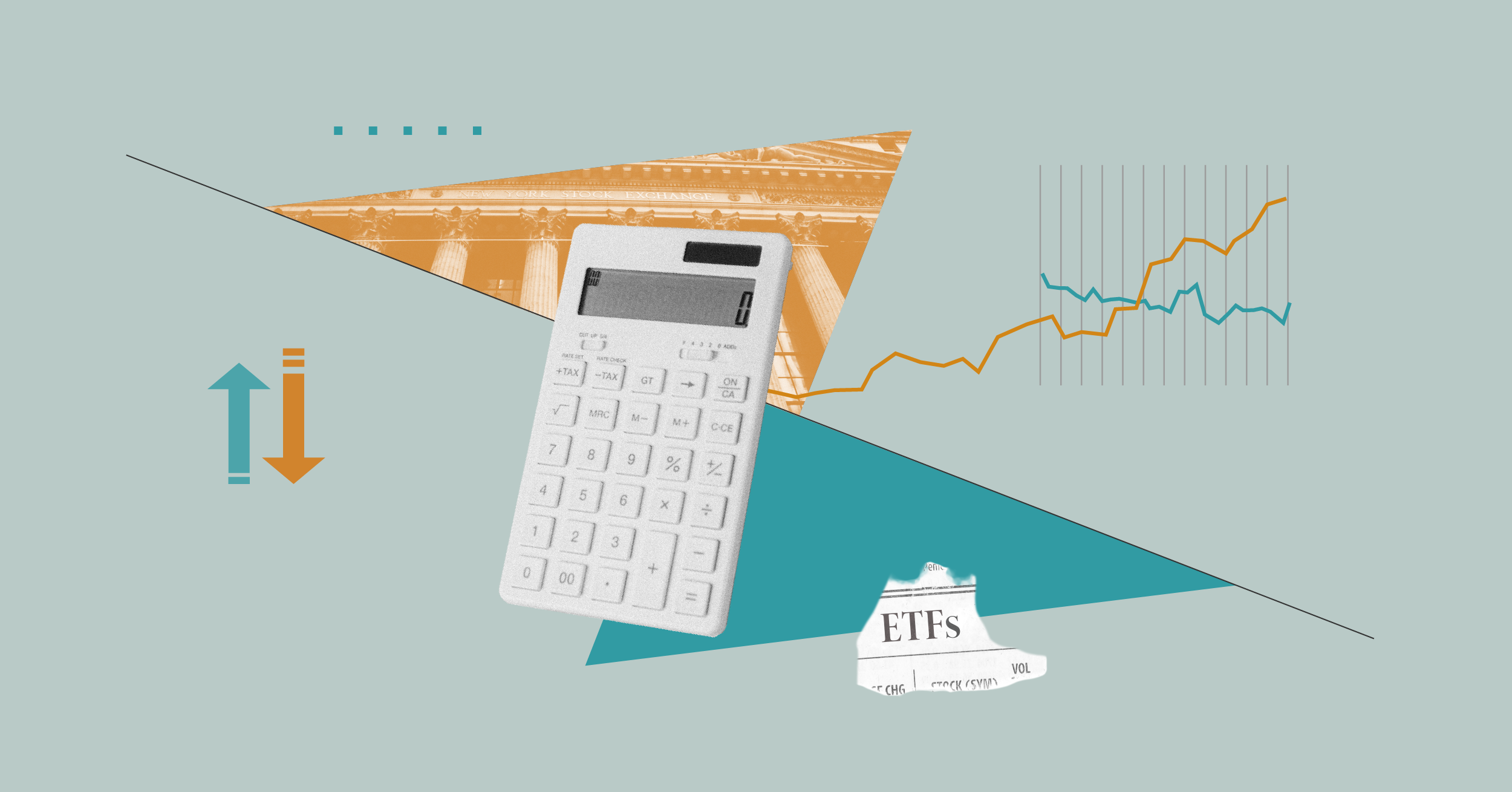Active ETF Investors Flock to DFA Funds
Even as DFA’s traditional mutual funds see outflows, the company has become the largest manager of active ETFs.

Dimensional Fund Advisors has long straddled the divide between actively managed funds and index-tracking strategies. Now the 43-year-old company is riding the growing wave of investor interest in actively managed exchange-traded funds.
DFA’s funds have taken in about $7 billion over the 12 months ending March 31, but its ETFs and traditional mutual funds have experienced dramatically different flows. Dimensional’s ETFs have hauled in over $33 billion, while its mutual funds have had $26 billion in outflows.
1-Year Trailing Net Flows to Dimensional by Product
Thanks to this flood of money, DFA’s 38 active ETFs held $133 billion as of the end of April. That’s over 20% of all active ETF assets. Looking at the next two largest active ETF managers, JPMorgan has 15% of the market share and First Trust 10%. DFA’s growth has been especially large compared with its existing asset base. The firm’s suite of active ETFs had an organic growth rate of 40% over the past year, topping JPMorgan’s rate of 37% growth and First Trust’s 21%.
Top 5 Firms by Active ETF Assets
What Is an Active ETF?
For many years after their introduction, ETFs were index-tracking strategies. With their low cost and ease of buying and selling, they surged in popularity. More recently, these funds have gained fans among investors looking for the benefits of ETFs coupled with a chance of returns that outpace the markets.
DFA has benefitted from disproportionate inflows to active ETFs in the last year. However, the active ETFs receiving investor dollars are unlike the traditional conception of actively managed funds. “When we say ‘active ETFs,’ they’re not your traditional fundamental stock pickers saying, ‘These are my favorite stocks,’” explains Daniel Sotiroff, senior manager research analyst at Morningstar.
DFA funds are generally seen as falling under the umbrella of strategic beta index funds, which invest in stocks according to a particular style of factor investing, like value investing. In that sense, the funds are seen as actively managed rather than tracking a predetermined index, which includes forced rebalancing of holdings when the underlying indexes change. DFA funds focus on making smaller trades with fewer shares throughout the year to keep costs down, because the large, predictable rebalancing trades index funds make can incur higher trading costs.
“The overall portfolio looks like a strategic beta fund, but they’re active in how they’re rebalancing … they don’t want to be forced to trade to match an index,” says Sotiroff.
DFA’s Entry Into ETFs
Dimensional started in 1981 and spent many years focusing on traditional mutual funds. “Going back to the 2010s, they were consistently taking in money, but the strategies they focused on—size and value investing—didn’t work well, and Dimensional started seeing outflows from its mutual funds late in the decade,” Sotiroff says. Dimensional fell from inflows of $31 billion in 2017 to $38 billion in outflows by 2020.
Those outflows were a strong incentive to look for new avenues of business and take advantage of a regulatory change, Sotiroff says. The SEC’s rule 6c-11, often called the “ETF rule,” granted blanket exemptive relief—a technical term for permission to do something previously not allowed by the regulator—for companies to use active management in their ETFs.
Net Inflows into Dimensional Fund Advisors Funds
Dimensional launched its first ETFs in November 2020: Dimensional US Core Equity Market ETF DFAU and Dimensional International Core Equity Market ETF DFAI. “Older fund companies already had exemptive relief, like Vanguard and State Street. As time went on, [the SEC] stopped granting it … so when 6c-11 gave everyone exemptive relief, if you’re an active manager like DFA, that’s a big deal,” Sotiroff explains.
In addition, he says moving into ETFs likely helped DFA reach retail investors that it couldn’t when it mostly sold funds through financial advisors and similar intermediaries. He also points out that a significant quantity of flows to DFA’s ETFs may be from investors simply moving their money there from the company’s mutual funds.
Not a Return to the Old Days
The other big name in active ETFs is JPMorgan, dominated by its blockbuster $33 billion JPMorgan Equity Premium Income ETF JEPI. This fund uses derivatives to mimic the returns of a covered-call strategy (one in which a fund holds stocks and sells options on them to generate income). Sotiroff says the big players in this space are primarily “the DFAs of the world, which are cheap and index-like, as well as the more esoteric kinds of strategies, like JEPI.”
Both DFA and JPMorgan’s strategies are fairly inexpensive, with JPMorgan Equity Premium Income ETF charging an expense ratio of 0.35% and DFA’s largest ETF, the Dimensional US Core Equity 2 ETF DFAC, charging 0.17%, in the same ballpark as many smart-beta index funds.
The DFA fund that received the most inflows over the 12 months ending March 31, 2024, was the aforementioned Core Equity 2 fund, which took in $3.9 billion and ranked in the 62nd percentile in its category.
“These funds are taking in a lot, that’s for sure. Investor funds are going out of expensive, tax-inefficient funds into cheaper, more tax-efficient stuff, out of traditional stock-picking mutual funds into low-cost index ETFs,” says Sotiroff, “What you see at DFA is a reflection of what’s going on in the industry as a whole. It really comes down to taxes and costs.”
Correction: An earlier version of this article said DFA’s 38 active ETFs held $135 billion as of the end of March, rather than $133 billion as of the end of April.
The author or authors do not own shares in any securities mentioned in this article. Find out about Morningstar’s editorial policies.


/cloudfront-us-east-1.images.arcpublishing.com/morningstar/OMVK3XQEVFDRHGPHSQPIBDENQE.jpg)
/cloudfront-us-east-1.images.arcpublishing.com/morningstar/VPCBITMQP5FKLIZ32POIXOV3MQ.jpg)
/cloudfront-us-east-1.images.arcpublishing.com/morningstar/WJS7WXEWB5GVXMAD4CEAM5FE4A.png)